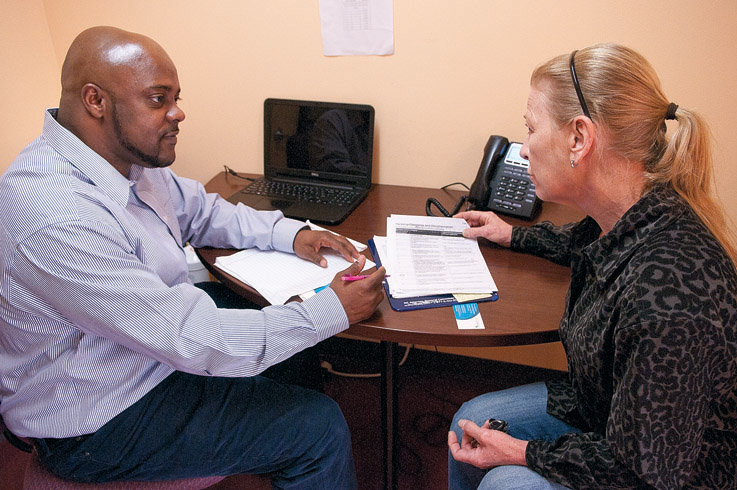A group of North Carolinians still uninsured following the March 31 deadline for Affordable Care Act enrollment is part of a problem spurring health providers and state legislators to consider a Medicaid reform proposal.
Tax subsidies enabled many uninsured individuals to afford Marketplace coverage during the enrollment period. In North Carolina, 91 percent of the 200,546 individuals who selected a plan by March 1 received financial assistance.
Individuals with incomes too low to qualify for financial assistance and too high to qualify for Medicaid remained uninsured, falling into a coverage gap.
To eliminate the coverage gap, the ACA stipulated an extension of Medicaid eligibility to include individuals at or below 138 percent of the federal poverty line. A June 2012 Supreme Court decision rejected the federal government’s ability to require state extension, ruling that states could decide to implement more inclusive eligibility requirements.
North Carolina was one of 25 states to opt against expansion, citing a need for reforms before the program could cover more people.
Medicaid currently covers 1.7 million of North Carolina’s low income and disabled citizens under the age of 65. Numbers compiled by the Kaiser Family Foundation, a nonprofit research and media organization focused on health care issues, estimated up to 318,710 North Carolinians could have fallen into the coverage gap.
Data on county enrollments has not been compiled.
Kevie Wilkins, outreach enrollment coordinator at MedNorth Health Center, was an instrumental figure in county ACA enrollments, the New Hanover County Health Department stated.
Wilkins said the coverage gap was an issue in New Hanover County during the enrollment period.
“With the law being designed for those people to be captured and covered under Medicaid, it has left a lot of people without insurance who would have got insurance if North Carolina had expanded Medicaid,” Wilkins said during an April 7 phone interview.
Wilkins said it was hard for many people who fell into the coverage gap to understand why they would not be able to receive coverage.
Unlike other people uninsured after the March 31 deadline, those caught in the coverage gap are exempt from fines due to hardship.
Individuals in the coverage gap might escape penalty, but they still represent lost income originally promised to hospitals under the ACA.
“That was income we were counting on to offset cuts that came as a result of the ACA. We’ll continue to take care of those people. … But in that respect, we won’t do as well financially,” said Scott Whisnant, director of government affairs at New Hanover Regional Medical Center, during an April 8 phone interview.
NHRMC worked with MedNorth to get as many patients insured as possible, but Whisnant doubted the boost in insured patients would counterbalance the loss of patients who would have received Medicaid.
“There were a lot of great efforts. MedNorth did a great job. … But I don’t know you could say it’s going to have a tremendous [positive] financial impact on the scale the hospital operates on,” Whisnant said.
A plan for Medicaid reform presented to the General Assembly in March 2014 might offset some of those losses.
The latest recommendation, drafted by the N.C. Department of Health and Human Services, calls for networks of health-care providers to form into Accountable Care Organizations (ACOs), which will coordinate services received by Medicaid patients.
To improve quality of care and cost efficiency, ACOs would receive a base operating sum to spend on patients. If the cost of care falls below that figure and patients receive quality care, networks will share the profit with the state. If the cost exceeds that figure, networks will share the loss with the state.
Whisnant said even though many details are still being discussed, NHRMC supports the current reform suggestion.
“Hospitals, us included, want to be part of the solution. … ACOs are premised on the idea that if you keep a population healthier, they cost less at the end of day. We think that’s how health systems will get rewarded,” Whisnant said.
State legislators will consider the reform proposal during the General Assembly’s short session in May. If it passes, the networks would begin in July 2015.
email [email protected]




